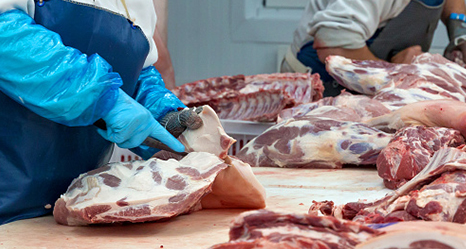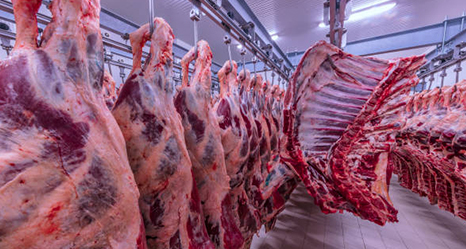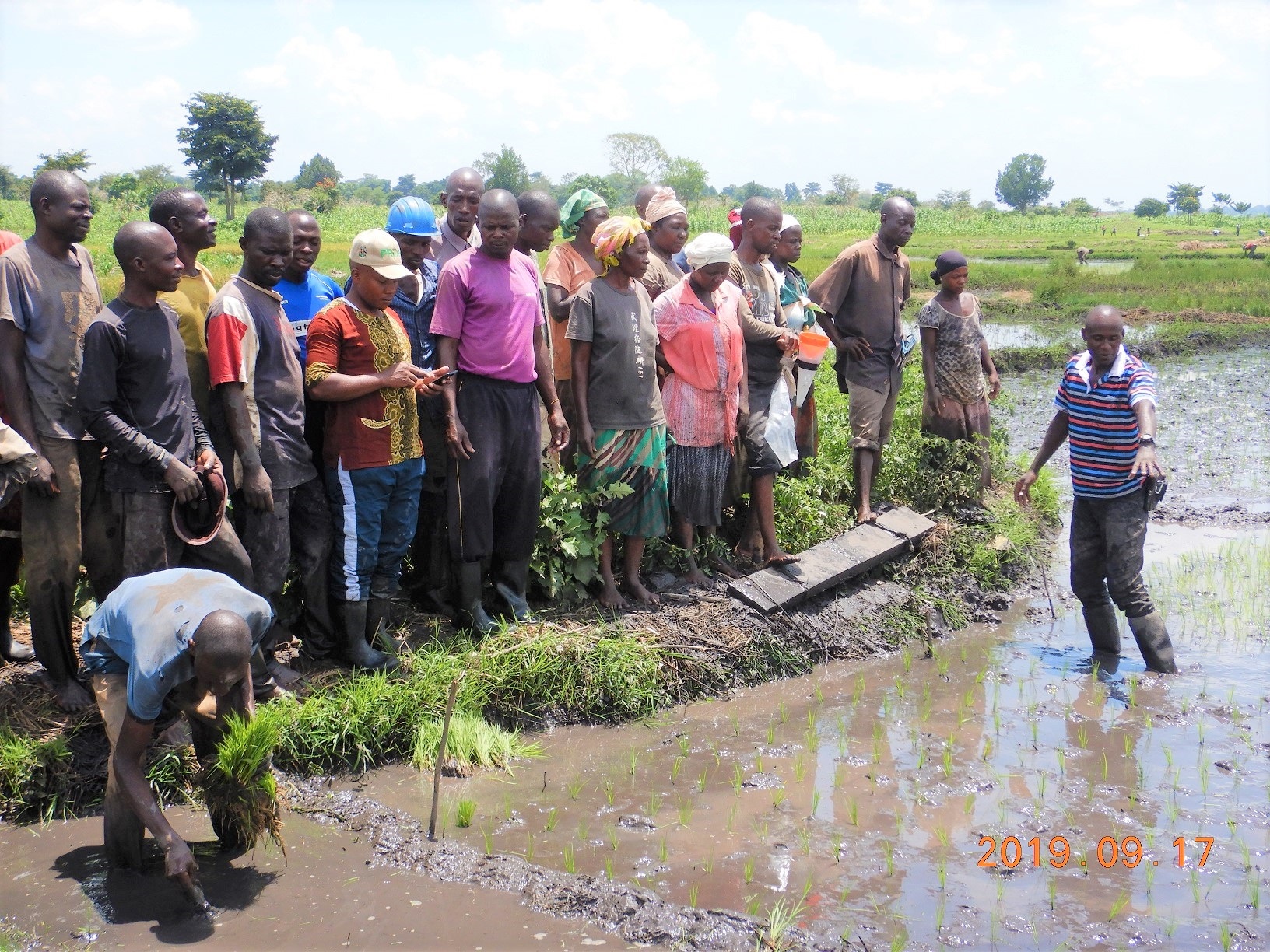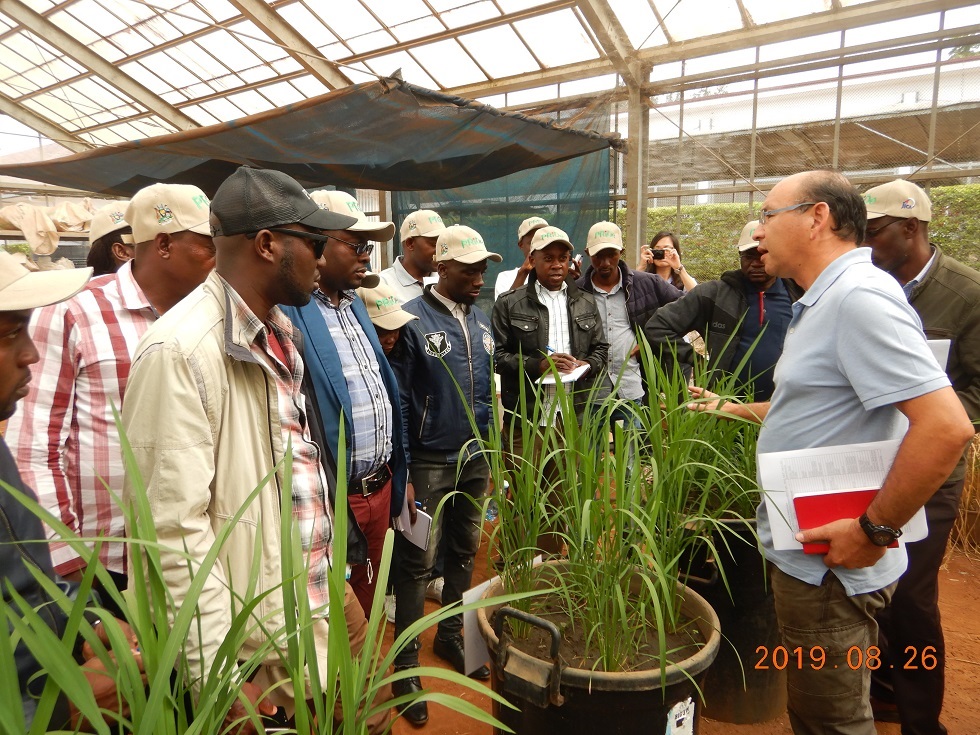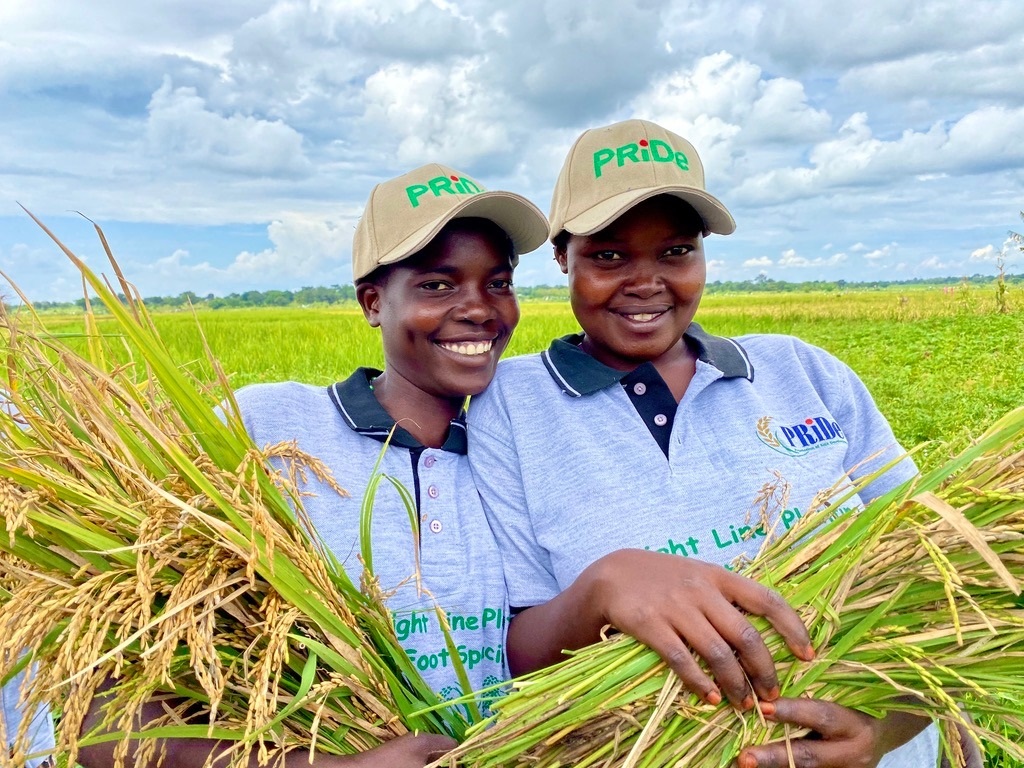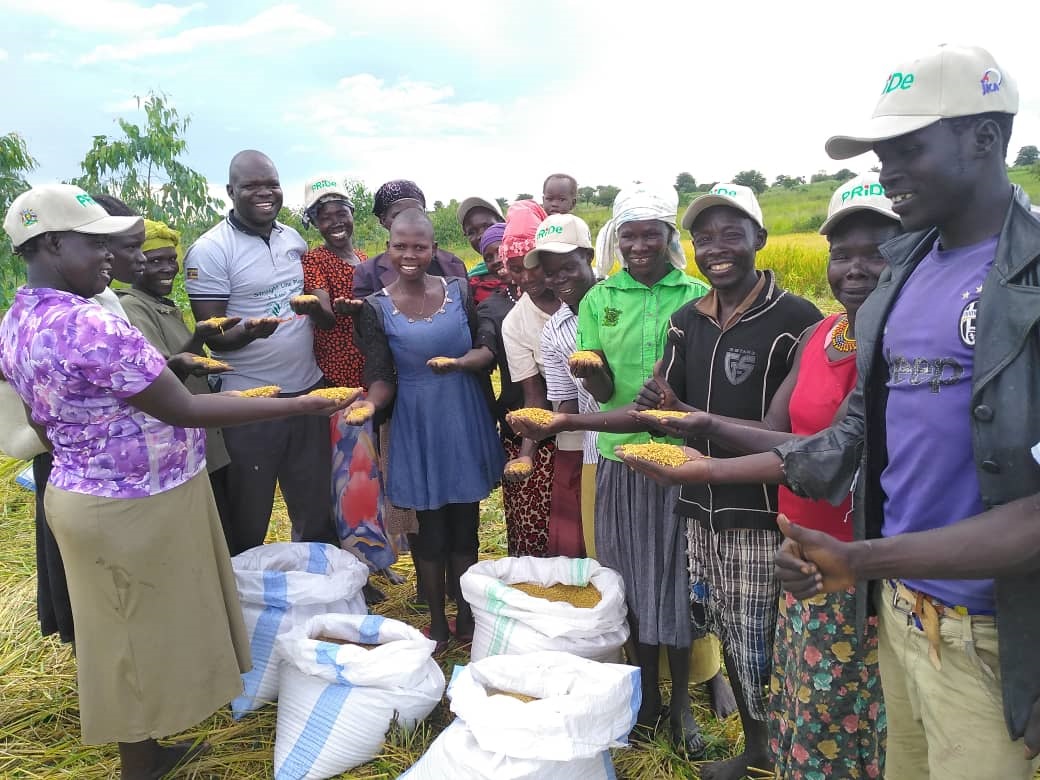Meat Export Requirements for Selected Markets
Global Outlook
Worldwide, there is increase in the demand for livestock products arising from the global trend towards higher population, higher incomes and increasing urbanization.
Over the past 50 years, meat production has more than tripled and the world now produces more than 340 million tonnes each year.
The OECD-FAO highlights a projection of growth in global meat supply to over 374 Mt by 2030 and growth in global consumption of meat proteins over the next decade to increase by 14% by 2030 compared to the base period average of 2018-2020, driven largely by income and population growth.
Protein availability from beef, pork, poultry, and sheep meat is also projected to grow 5.9%, 13.1%, 17.8% and 15.7% respectively by the year 2030.
There is a growing preference for organic meat and meat products raised on natural Pastures. Uganda with abundant grazing rangelands is well positioned to supply this premium market if the export requirements are met.
Some of the countries such as Saudi Arabia, United Arab Emirates (UAE) and Egypt have also expressed interest in Ugandan meat. The consumption of meat in Egypt is 560,000 MT while the production is 300,000MT; leaving a deficit of 260,000MT (Data Based on Post PS&Ds Numbers 2015).
The Meat Export Services Support Project (MESSP):
The Government of Uganda introduced MESSP as a project to provide infrastructure, crop finance and technical services on the already existing potential farms to create capacity to supply a steady number of livestock for slaughter to meet the demand for existing and upcoming planned abattoirs in the country.
Infrastructure put in place through the project will be made available to the private sector to raise animals at a user fee.
The project activities are hinged on 4 specific objectives
- To construct, equip and operate veterinary holding grounds and quarantine stations
- To provide start-up capital “a crop finance” to facilitate a pilot intervention for of purchase animals for quarantining and fattening for slaughter (having attained export grade certification); including establishment of related farm infrastructure;
- To establish and operate a livestock identification and traceability system in support of meat exports;
- To establish adequate meat export technical capacity in the meat export value chain.
It is planned that within the supply chain, each animal will require 2 acres of grazing land. A single batch of 300 cattle shall therefore require 600 acres (300 cattle x2 acres) of space which will be occupied for two (2) to seven (7) days at holding ground / center and 21 quarantine days.
This batch constitutes a one day supply to the abattoir. In total therefore the land requirement is 3,000 acres (4.687 square miles) per quarantine unit with a 1500 cattle through-put to the abattoir per month.
Table 1: Demand of livestock each holding ground size
| Period | Overall demand |
| Weekly Supply (off take) | 250 cattle |
| Monthly Supply (in-take) | 1,200* cattle |
| Weekly replenishing | 300 cattle |
| Holding ground size/farm | 3,000 acres (4.687 Sq. Mile) |
*1200 cattle per month x 06 holding grounds=7,200 cattle purchased per month
Table 2: Potential carrying capacities of Government Ranches
| Name | Location | Size (Acres) | Sq. Miles | 70% Capacity (LU)1* |
| Nshaara | Kiruhura | 17,472 | 27.3 | 6,115 |
| Ruhengyere | Kiruhura | 13,440 | 21.0 | 4,704 |
| Kasolwe | Kamuli | 1,885 | 2.9 | 660 |
| Maruzi | Apac | 14,000 | 21.9 | 4,900 |
| National leadership Institute | Kyankwanzi | 9,200 | 14.4 | 3,220 |
| NEC | Mpigi | 4,300 | 6.7 | 1,505 |
| Lusenke | Kayunga | 2,560 | 4.0 | 896 |
Market Requirements:
This knowledge base was developed through the Meat Export Support Services Project (MESSP) to serve as an information bridge between existing and potential investors and the buyers in markets abroad.
General sanitary standard requirements for the meat value chain in Uganda are accessible using the following link: https://www.agriculture.go.ug/sanitary-and-phytosanitary-certification-system-for-meat-export-from-uganda/
Knowledge from respective countries will be availed here as and when received by the Ministry of Agriculture, Animal Industry and Fisheries through MESSP.
Egypt
A). LIVE ANIMALS:
The Egyptian market stipulates the following regulations and requirements for imports of live animals (cattle and sheep).
i) Requirements for import of live sheep
- Only male sheep shall be imported.
- Animals shall be quarantined at the shipping port for not less than 30 days.
- Serological testing for foot-and-mouth disease (FMD) should be carried out during the quarantine period.
- ii) Requirements for import of live cattle
- Only male animals younger than three years and over 300 kg live weight shall be imported.
- Animals shall be free from contagious diseases, particularly FMD, rinderpest and contagious bovine pleuropneumonia (CBPP).
- FMD is currently a major concern to Egyptian authorities. Therefore, Egypt requires a 30-day quarantine period for live animals prior to entry into the country.
- All livestock imported into Egypt must also be free from other trans-boundary animal diseases. Egyptian veterinary inspectors often embark on ships carrying camels from the Horn of Africa and carry out health checks before the animals can be offloaded into the port. The animals are quarantined again after entry into Egypt and slaughtered at the port of unloading so as to avoid any possible transmission of a disease(s).
- Serological testing for FMD and CBPP shall be carried out during the quarantine period. · Animals are required to be vaccinated for RVF and LSD.
- Animals shall be drenched, injected and sprayed against internal and external parasites respectively.
B). MEAT AND MEAT PRODUCTS: Requirements for import of chilled bone-in-beef to Egypt include:
- Animals intended for slaughter should be quarantined for 30 days and tested for contagious diseases from the 16th day.
- Animals testing negative should be slaughtered in approved facilities.
- Only the fore and hind quarters shall be exported; the quarters shall be packaged in labeled cartons and stored at 0 – 2°C.
- Chilled bone-in-beef shall be deboned immediately upon arrival at the Cairo airport in one of the government deboning halls under supervision of veterinarians from the Public Corporation for Veterinary Services.
- A certificate of origin and copy of pro-forma invoice shall accompany the shipment.
- Meat of livestock that had been fed protein or fat of animal origin cannot be exported to Egypt.
Contact details for more information about interventions already underway through the Meat Export Services Support Project (MESSP):
Project Page: https://www.agriculture.go.ug/messp/
Project Coordinator: Dr. Stephen Kajura (stephen.kajura@agriculture.go.ug)
Knowledge Management Office: Mr. Solomon Kalema Musisi (solomon.kalema@agriculture.go.ug)
Other projects
- National Oil Palm Project Uganda
- NUFLIP PHASE 1
- The UMFSNP project
- Banana Livelihood Diversification project
- Uganda-China Cooperation
- The ACDP project
- The VODP2
- The ENRP project
- The ATAAS project
- The PISD project
- The RPLRP project
- The MOBIP project
- The Goat Export Project
The Uganda Multi-sectoral Food Security and Nutrition Project (UMFSNP) is implemented, over a period of five years, by the Government of Uganda (GoU) through the Ministry of Agriculture, Animal Industry, and Fisheries (MAAIF) working in a multi-sectoral collaboration with the Ministry of Health (MoH) and the Ministry of Education, Science Technology and Sports (MoESTS)
This project helps to support vulnerable communities in Western Uganda to better adapt to the effects of climate change (CC) through banana value addition activities, to provide greater opportunities for income generation, poverty reduction and food security
The Government of the Republic of Uganda and the Government of the People’s Republic of China have had a cordial relationship for a long time. China has made significant contributions to Uganda’s Agricultural sector development including provision of project aid to Uganda in form of interest-free loans and grants. Notable ones include the Kibimba and Doho rice schemes, Wakawaka Fish landing site, Kajjansi Aquaculture Training Centre, Hydropower Stations and Road Construction. Trade has included leather, coffee, fish and food products among others.
The Ministry of Agriculture, Animal Industry and Fisheries (MAAIF), with support from the World Bank is implementing the Agriculture Cluster Development Project (ACDP). The project arose from the need to implement the Ministry’s comprehensive plan to operationalize the Agriculture Sector Development Strategy and Investment Plan 2011/12 – 2014/15 (now Agriculture Sector Strategic Plan 2015/16 – 2019/20) and in line with the Uganda National Development Plan.
Uganda imports 60-70% of its edible and soap needs; Population growth and rising incomes continue to fuel an annual growth rate of 9% in domestic and regional demand for vegetable oil and its by-products. VODP 2 is Uganda’s strategic effort and increase domestic vegetable oil production, address rural poverty by involving smallholder farmers in oil crops production and improve the health of the population through increased vegetable oil intake.
The project is expected to increase production and productivity, mainly of small holder rice farmers, by focusing on those factors that currently limit production which include;
In 2010, the ATAAS project was developed as an investment in maintaining and raising the level of farmer productivity and household income through the development and adoption of modern farming technologies, techniques and strengthening market linkages. The project had key activities along the research-extension-farmer-market value chain continuum under five components: (1) Developing Agricultural Technologies and Strengthening the National Agricultural Research System (NARS); (2) Enhancing Partnerships between Agricultural Research, Advisory Services and other Stakeholders; (3) Strengthening the National Agricultural Advisory Services (NAADS); (4) Supporting Agribusiness Services and Market Linkages; and (5) Program Management and Coordination.
The Ministry of Agriculture, Animal Industry, and Fisheries (MAAIF) and Japan International Cooperation Agency (JICA) agreed to execute a study for Irrigation Scheme Development referred to as The Project on Irrigation Scheme Development in Central and Eastern Uganda (PISD) through technical cooperation.
The focus was on establishment of medium and large scale irrigation scheme in Uganda targeting farmers cultivating mainly rice in lowland areas with season flooding and unreliable agricultural water source(s). The Study has was entrusted by JICA to the JICA Study Team consists of a consultant from Japan in collaboration with counterpart staffs from MAAIF and MWE. A total of 10 candidate sites districts were studied for irrigation development potential in the districts of Butambala, Buikwe, Kween, Sironko, Bukedea, Bulambuli, Mbale, Butaleja, Budaka and Soroti..
The Regional Pastoral Livelihoods Resilience Project (RPLRP) is a regional project financed by a USD 40 Million loan got by GOU from the World Bank and implemented by three IGAD member states: Uganda, Kenya and Ethiopia.
The RPLRP was prepared within the framework of the IGAD Drought Disaster Resilience and Sustainability Initiative (IDDRSI) and aligned with the Regional Programming Paper (RPP) and Country Programming Paper (CPPs).
Uganda Vision 20140 is a key strategy document for the government of Uganda (GOU) and aims to make Uganda a middle-income country by 2040. The National Development Plan II (NDP2) mentions the development of the livestock sector as one of these strategies, and in particular Uganda’s ability to produce some of the best beef in Africa.
Project Objectives
“To enhance the contribution of the goat industry to farmers’ income and welfare.”
Specific objectives
Avail improved indigenous and exotic (Savannah) goat germplasm to farmers in the project area which will serve as a springboard for establishing a pilot goat export zone in the country
To establish open nucleus breeding herds coupled with systematic cross breeding programme for generating meat goat types for fattening and
Improve the goat management systems and create sustainable supplies of quality goats for internal and export markets.

